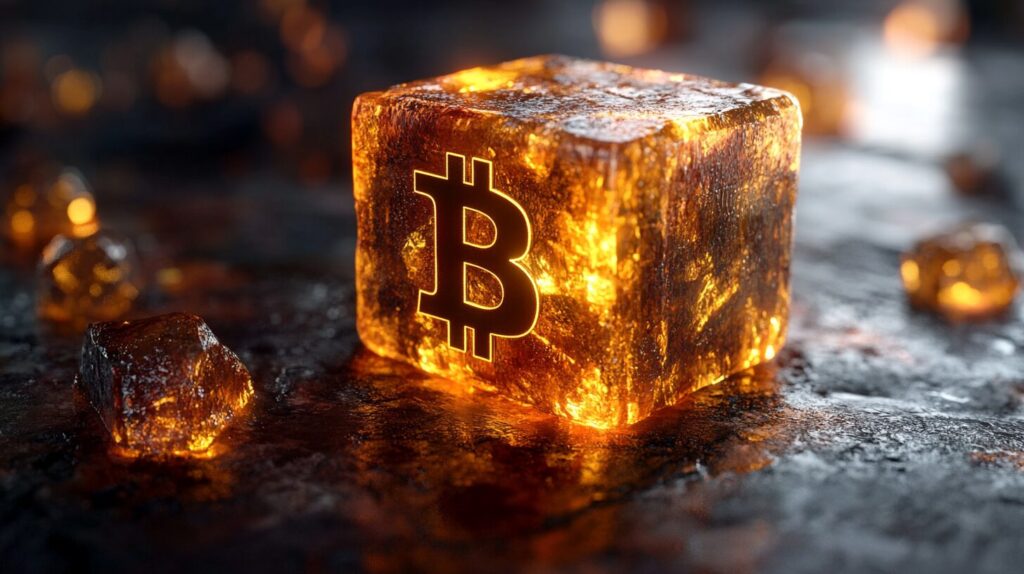Block reward is an incentive given to miners or validators for successfully adding a new block to the blockchain. This reward typically consists of newly minted cryptocurrency tokens and may also include transaction fees from the transactions included in the block.
What Is a Block Reward in Blockchain?
A block reward is a form of incentive given to miners for adding a new block to the blockchain. In cryptocurrency networks like Bitcoin, miners solve complicated mathematical problems to validate transactions and count them in the blockchain. For their efforts, they receive a block reward, which usually consists of a fixed number of newly minted coins and their transaction fees from the transactions contained in the block.
Importance of a Block Reward in Cryptocurrency
Block rewards are vital for maintaining the security and stability of cryptocurrency networks. They encourage miners to continue validating transactions, ensuring the blockchain remains decentralized and tamper-proof. Without block rewards, there would be little financial motivation for miners to invest in the hardware and energy required for mining, potentially compromising the network’s integrity.
What Is the Primary Purpose of a Block Reward?
The primary purpose of a block reward is to incentivize miners to validate transactions and count new blocks to the blockchain. This reward system ensures that the network remains secure and operational by continuously attracting miners to participate. Additionally, block rewards facilitate the gradual introduction of new coins into circulation, helping manage the cryptocurrency’s supply.
What Are the Components of a Block Reward?
Block rewards typically consist of two main components: newly minted coins and transaction fees. The newly minted coins are a predetermined number of new cryptocurrency units created with each block. Transaction fees are the fees that users must pay to prioritize their transactions. These components together form the total reward that miners receive for their efforts.
How Are Block Rewards Calculated?
Block rewards are calculated based on a predefined protocol set by the cryptocurrency network. For example, in Bitcoin, the block reward starts at 50 BTC per block and undergoes a halving event approximately every four years, reducing the reward by half. The calculation involves considering factors like block time, difficulty level, and the total supply of the cryptocurrency.
What Is the Mechanism of Bitcoin’s Block Reward?
Bitcoin’s block reward mechanism is designed to halve approximately every four years, a process known as “halving.” Initially, the reward was 50 BTC per block, but it has since been reduced to 6.25 BTC per block as of the latest halving in 2020. This mechanism controls the inflation rate and ensures a finite supply of 21 million Bitcoins.
Influence of Technological Advancements on Block Rewards
Technological advancements in mining hardware and software have significantly influenced block rewards. More efficient mining equipment and innovative mining algorithms have increased the hash rate, leading to higher mining competition and changes in reward distribution. These advancements also contribute to the overall security and efficiency of the blockchain network.
What Is the BTC Cash Block Reward?
Bitcoin Cash, a fork of Bitcoin, also uses block rewards to incentivize miners. The current block reward for Bitcoin Cash is 6.25 BCH per block, similar to Bitcoin’s reward structure. Like Bitcoin, Bitcoin Cash undergoes halving events to reduce the block reward periodically, helping control its supply and inflation.
How to Claim Block Rewards?
Miners claim block rewards by successfully solving the cryptographic puzzles needs to add a new block to the blockchain. Once a block is added, the reward is automatically credited to the miner’s cryptocurrency wallet. The process is automated and ensures that miners receive their rewards promptly upon block validation.
How Much Is a Block Reward?
The value of a block reward varies depending on the cryptocurrency. For instance, Bitcoin’s current block reward is 6.25 BTC, while Ethereum’s reward structure varies due to its transition to a proof-of-stake consensus mechanism. The specific reward amount is defined by the cryptocurrency’s protocol and can change over time due to mechanisms like halving.
How Often Does a Block Reward Help?
Block rewards are crucial in maintaining the continuous operation and security of blockchain networks. By providing a financial incentive, block rewards ensure that there are always miners willing to validate transactions and secure the network. This continuous participation is essential for the decentralization and robustness of the blockchain.




